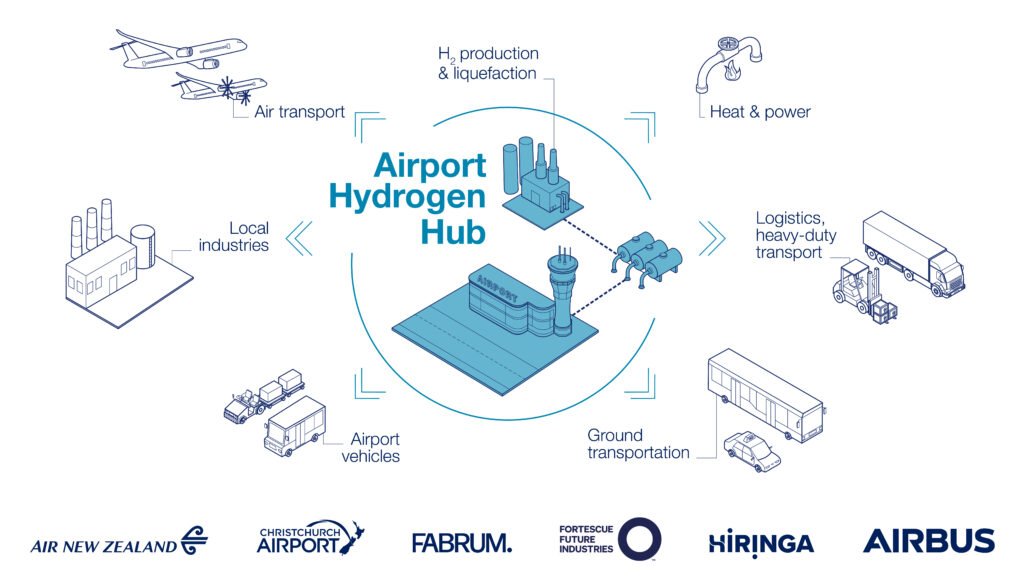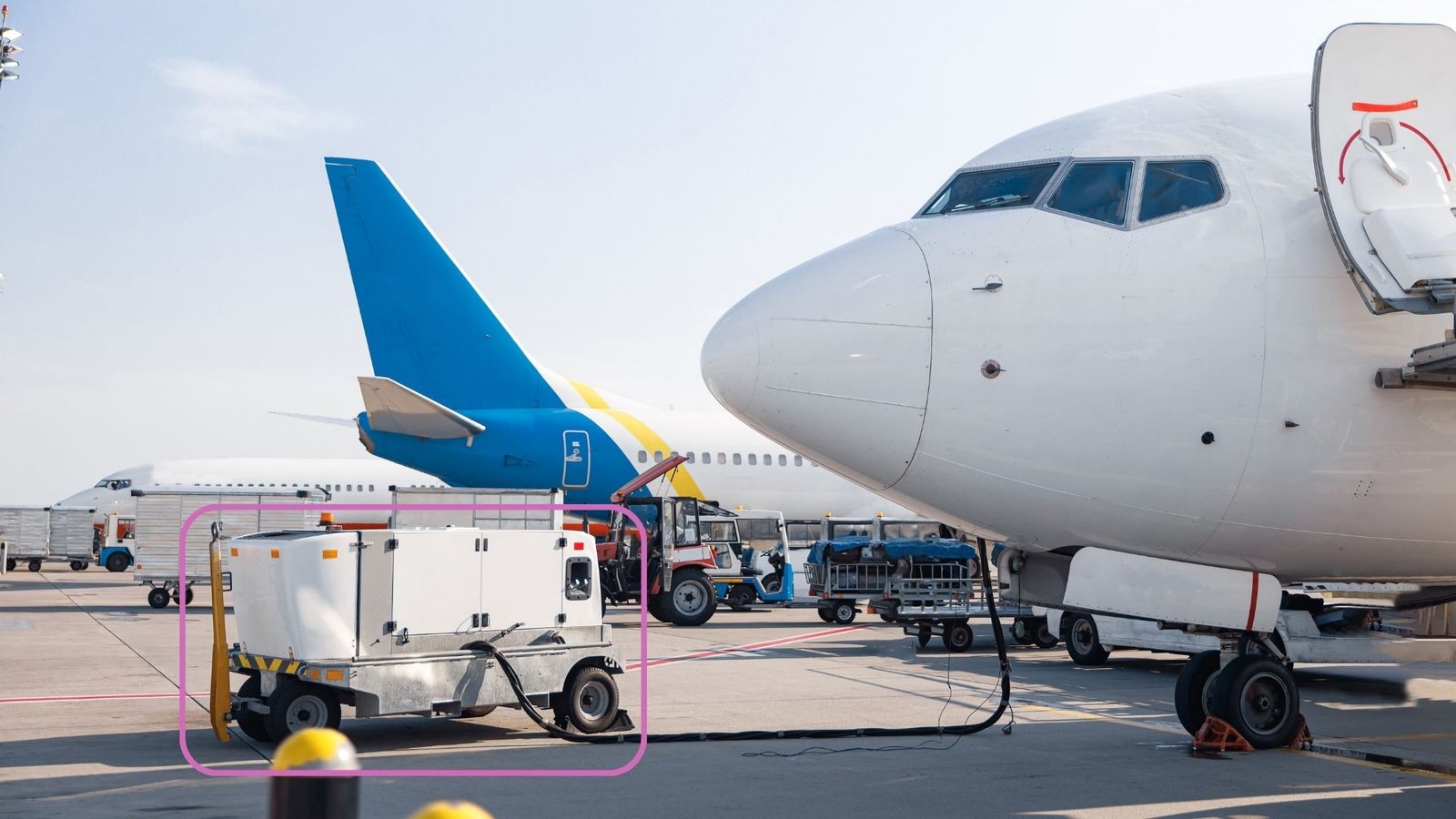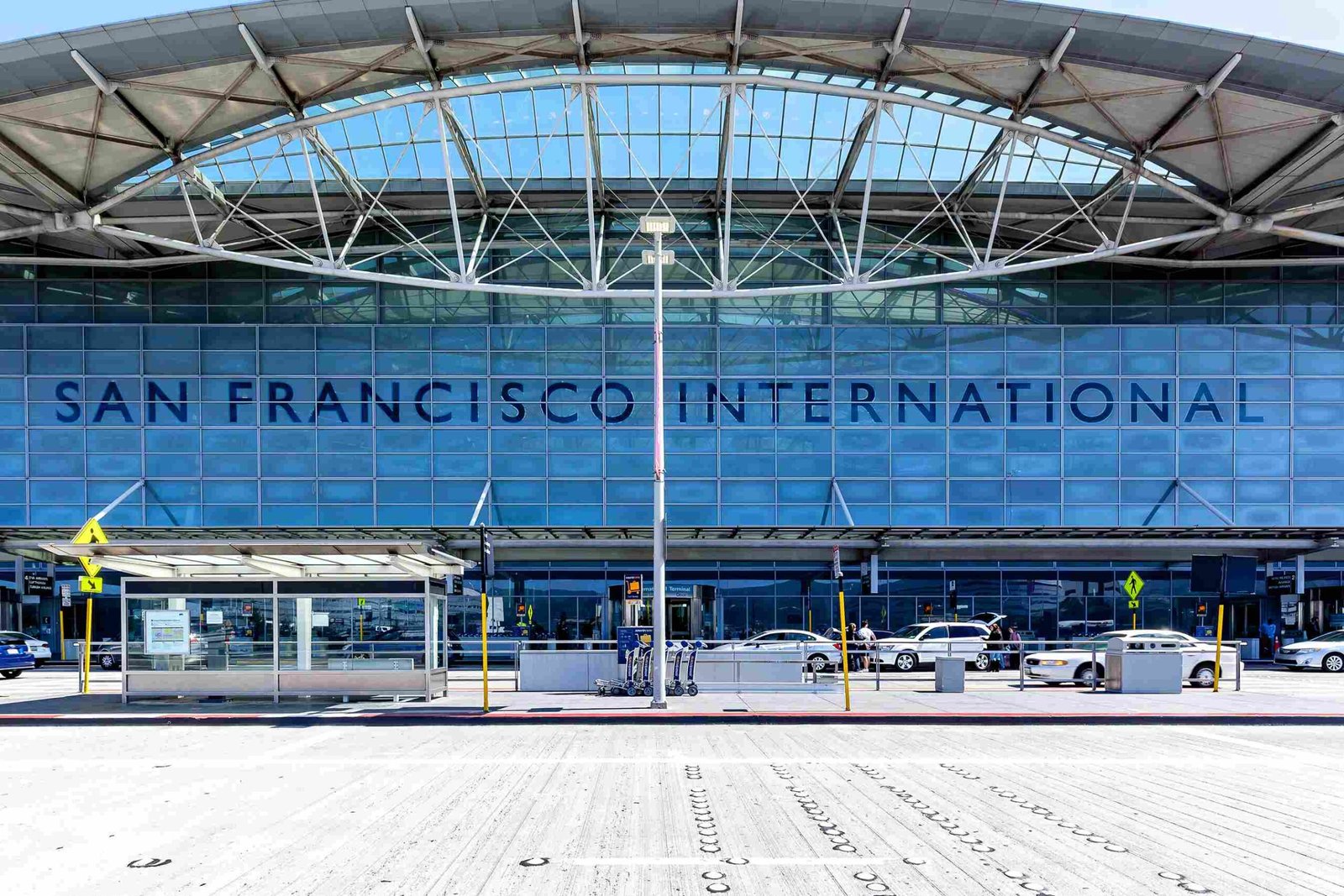Introduction
Decarbonization of aviation is one of the most essential trouble that aviation authorities and companies face. Many aircraft manufacturers, airlines and authorities are struggling to diminish greenhouse gas emissions by aircraft and engines, in order to reach net zero emissions.
So do only airplanes and their engines generate greenhouse gases in aviation?
In recent years this is being expressed more in the aviation sector that the infrastructure and energy sources of airports should be suitable for the purpose of reducing aviation emissions. Airports that meet these conditions have been called “green airports” and we will discuss this topic on this blog article.
Green airport can be defined as an airport that has been designed, and both its operation and administration are run in such a way that its environmental impact is as low as possible to make its management sustainable. Sustainability in airports can be classified as renewable energy use, sustainable infrastructure, ecofriendly transportation, and waste management.
Renewable Energy Use

Field lighting, X-Ray devices, ground power unit… There are only some stuff that consumes energy at airports. It is known that the energy consumption of an airport is close to that of a small city; therefore clean energy transition is a cruicial step for achieving decarbonization in airports.
However, how can this transition be successful?
The answer is using solar and wind power. Similar to installing solar panels on the rooftops of houses, solar panels can be installed on the rooftops of terminals, and large solar powerplants and wind powerplants can be built near airports, to generate carbon free energy. For instance, Cochin International Airport, located in India, has become the world’s first airport to run entirely on solar power, with the use of approximately 46.000 solar panel in its construction. Moreover, renewable energy has been used to reduce over 920.000 tonnes of emissions at Melbourne Airport over 15 years by using a trigeneration system and solar energy.

For more sustainable airports may not only be used solar and wind energy; geothermal and biofuels are also options. To exemplify, Stockholm Arlanda Airport in Sweden its energy is generated from a massive underground aquifer.
Sustainable Infrastructure
The infrastructure at airports plays a significant role in the sustainability of aviation. One of the biggest obstacles to the electrification of aircraft, the proliferation of hydrogen powered aircraft and the use of sustainable aviation fuel is the lack of sustainable infrastructure at airports. Let’s look at what needs to be done in that way.
Megawatt charging systems should be installed to charge batteries quickly on aircraft with batteries. Although no airports have this type of infrastructure yet, except for test airports, for example Sønderborg Airport has become the first airport where an electric plane landed, and it has begun to strengthen the airport’s electrical infrastructure.

For hydrogen powered aircraft, which are expected to become more widespread in the future, it should have a hydrogen production site near the airport or the fuel should be supplied through pipes. Hydrogen tanks must be added in airports and infrastructure about safety must be built ,since hydrogen is a flammable substance. For instance, Hydrogen Hubs at Airport that network is established by Airbus purposes preparing airports for the transition to hydrogen powered aircraft.
The use of SAF in aircraft in recent times requires relatively less infrastructure investment because SAF and kerosene have similar physical and chemical structures. Like hydrogen, fuel supply for SAF production should be ensured and SAF production should be increased in facilities. SAF infrastructure is present in many airports in Europe, North America and Southeast Asia and it is expected to become more widespread as production increases.
Eco Friendly Transportation
Airports are the focal point of transportation with thousands of people moving from one place to another and thousands of suitcases and bags being loaded and unloaded from planes. These processes are facilitated by vehicles such as belt loader, baggage tugs and electrification of these vehicles will make airports more sustainable.
Eco friendly transportation is not just transportation with reduced emissions; it is transportation that is free from any types of pollution such as noise. Using electric GPU’s instead of APU’s, which have high noise levels and reused to power the engines of airplanes, will diminish noise level of airport.

Waste Management
Waste management is crucial for sustainability at airports, as it is everywhere else. Waste generated at the airport and in airplanes should be separated and circular processes, like reuse, refurbish, recycle, should occur successfully. Before all these processes, airports should be designed, and precautions should be taken to minimize waste. For instance, at San Francisco Airport single use water bottles and packages were prohibited in 2019 and this policy has been expanded to forbid the sale of any beverages in plastic. Due to this program, energy-intensive production and diverting 1,000,000 fossil-fuel-based beverage containers a year from landfill were avoided.

Measures are taken for not only plastic waste but also biowastes like at London Stansted Airport. London Stansted airport is the first only airport in the world to convert its coffee waste to solid biofuels. The amount of coffee consumed at the airport causes over 150 tonnes of coffee waste, and it was used for alternative fuel production.
Conclusion
To summarize, airports play a more significant role in the decarbonization of aviation than previously thought. Sustainable airports are becoming increasingly common, with investments in electrification, hydrogen and biofuels on the rise and new methods for managing waste being tested. The concept of green and sustainable airports is new to aviation and our lives but it seems to be here to stay for a long time.
References
- Parhamfar, M. (2024). Towards Green Airports: Factors Influencing Greenhouse Gas Emissions and Sustainability through Renewable Energy.
- Baxter, G. (2021). Mitigating an airport’s carbon footprint through the use of “Green” technologies: the case of Brisbane and Melbourne airports, Australia.
- Baxter, G. (2023). Towards carbon neutral airport operations through the use of renewable energy sources: the case of Chhatrapati Shivaji Maharaj and Indira Gandhi International Airports, India. International Journal of Environment Agriculture and Biotechnology.
- Hydrogen hubs at airports. (2025, March 14). Airbus. https://www.airbus.com/en/innovation/energy-transition/hydrogen/hydrogen-hubs-at-airports
- Arlanda Airport reduces its emissions | Climate Technology Centre & Network | Tue, 07/25/2017. (2017, July 25). https://www.ctc-n.org/products/arlanda-airport-reduces-its-emissions
- Randall, C. (2025, July 15). Danish airport launches electric flights on domestic route – electrive.com. electrive.com. https://www.electrive.com/2025/07/15/danish-airport-launches-electric-flights-on-domestic-route/
